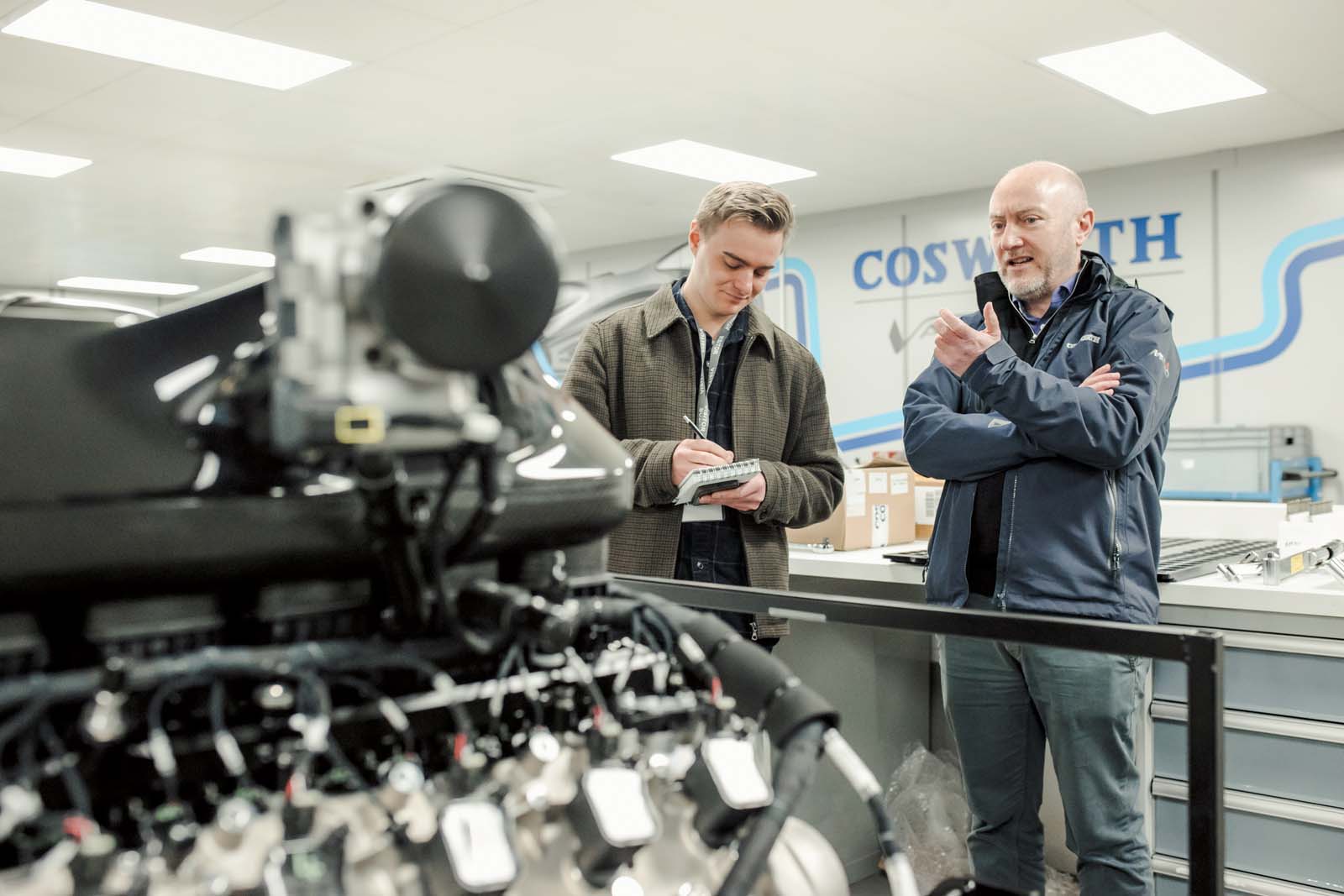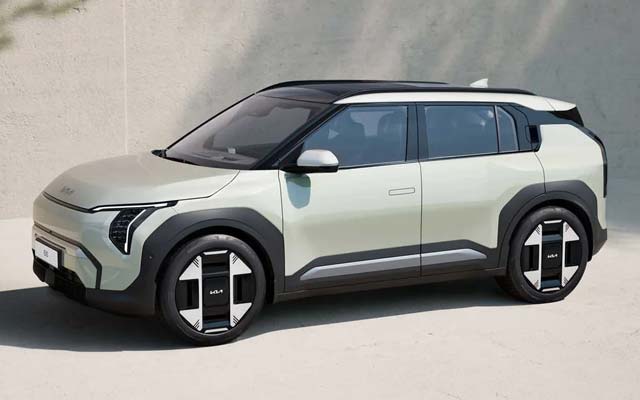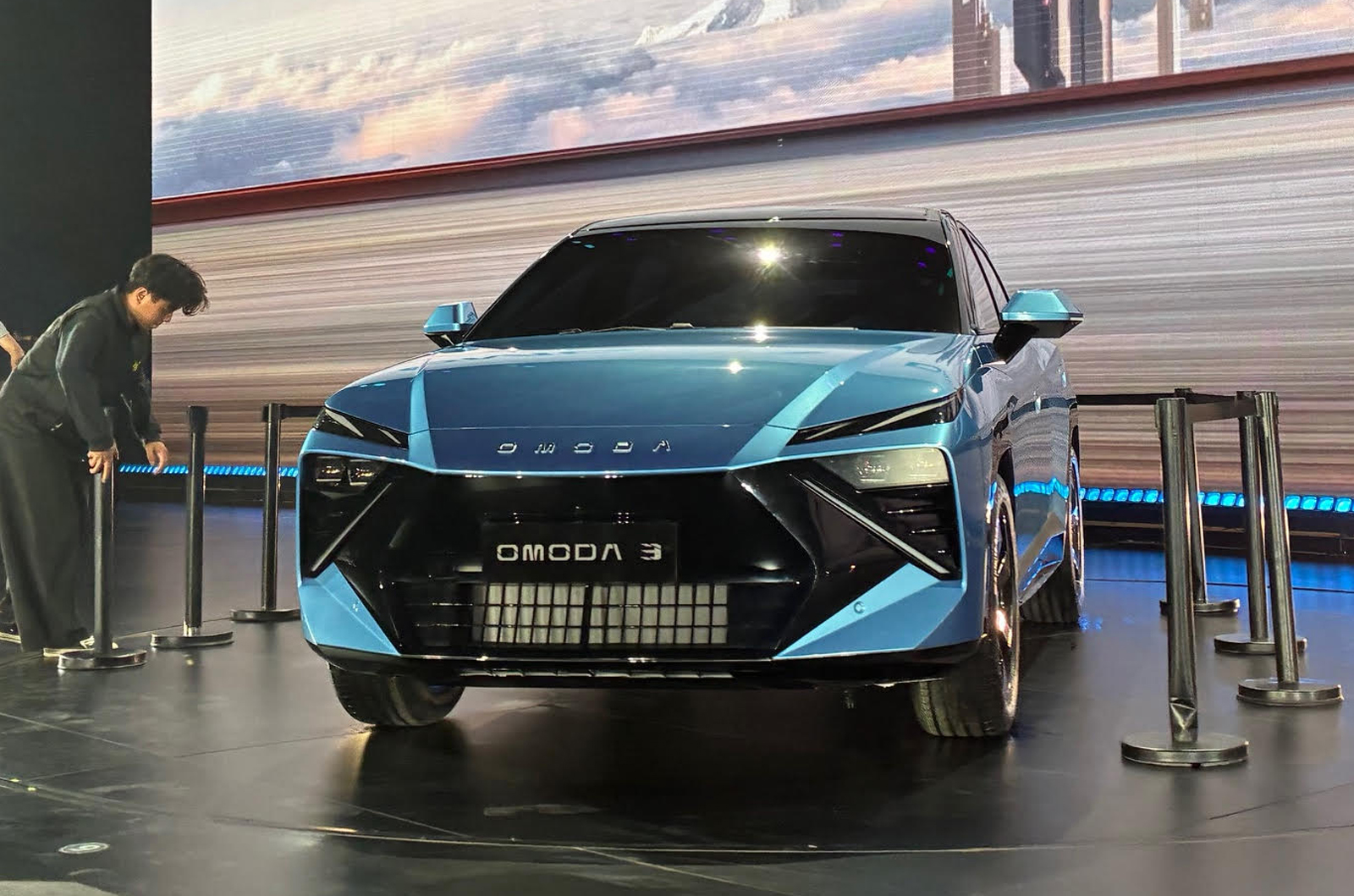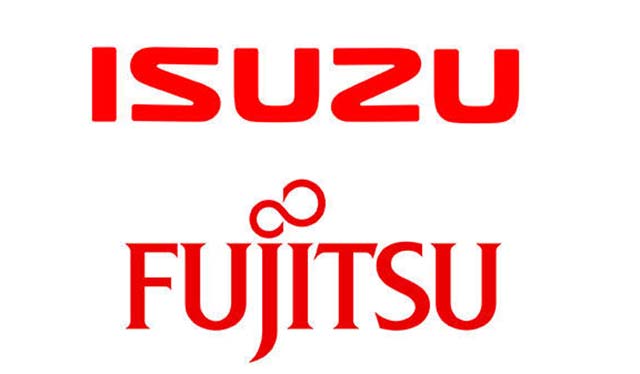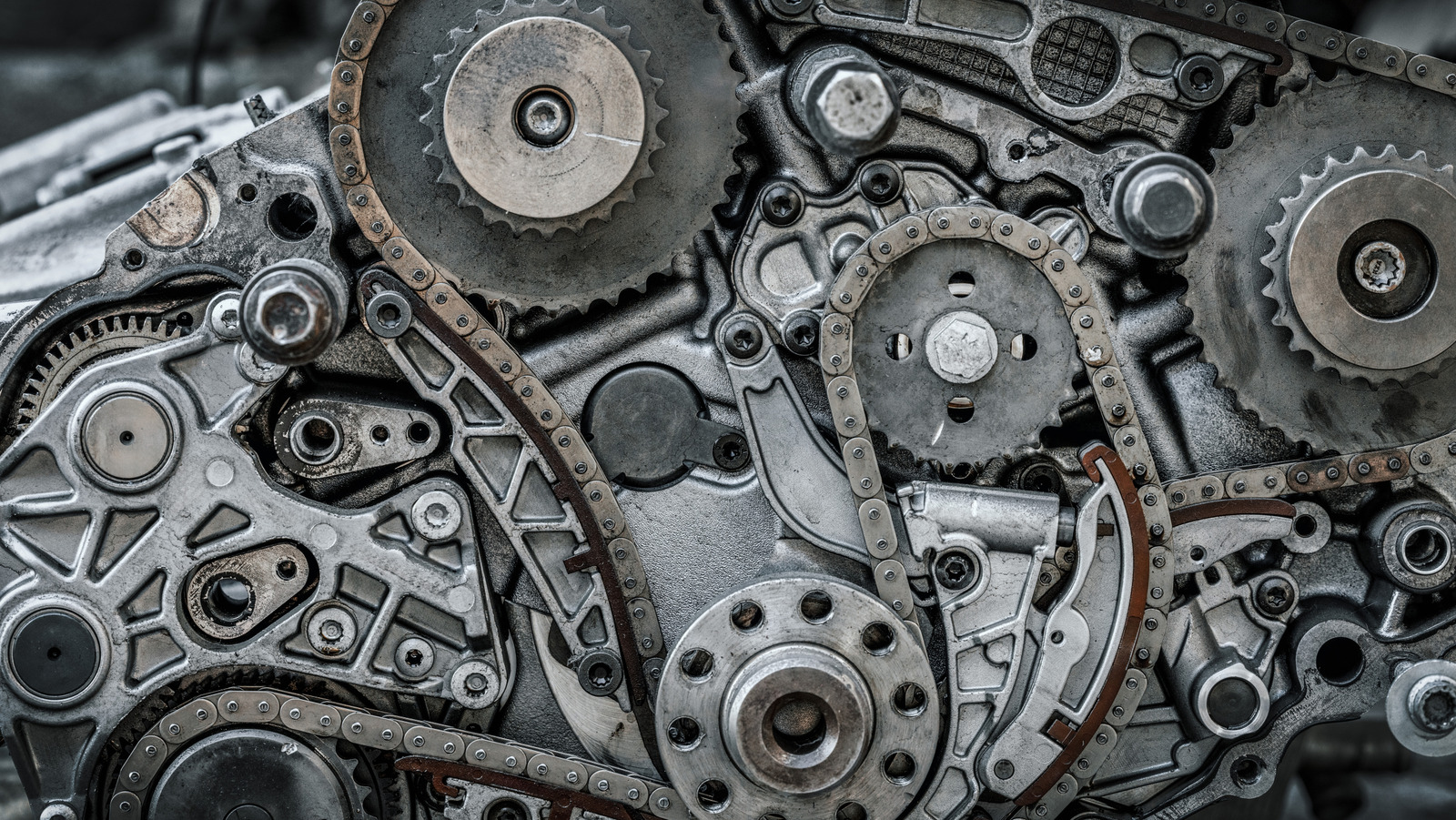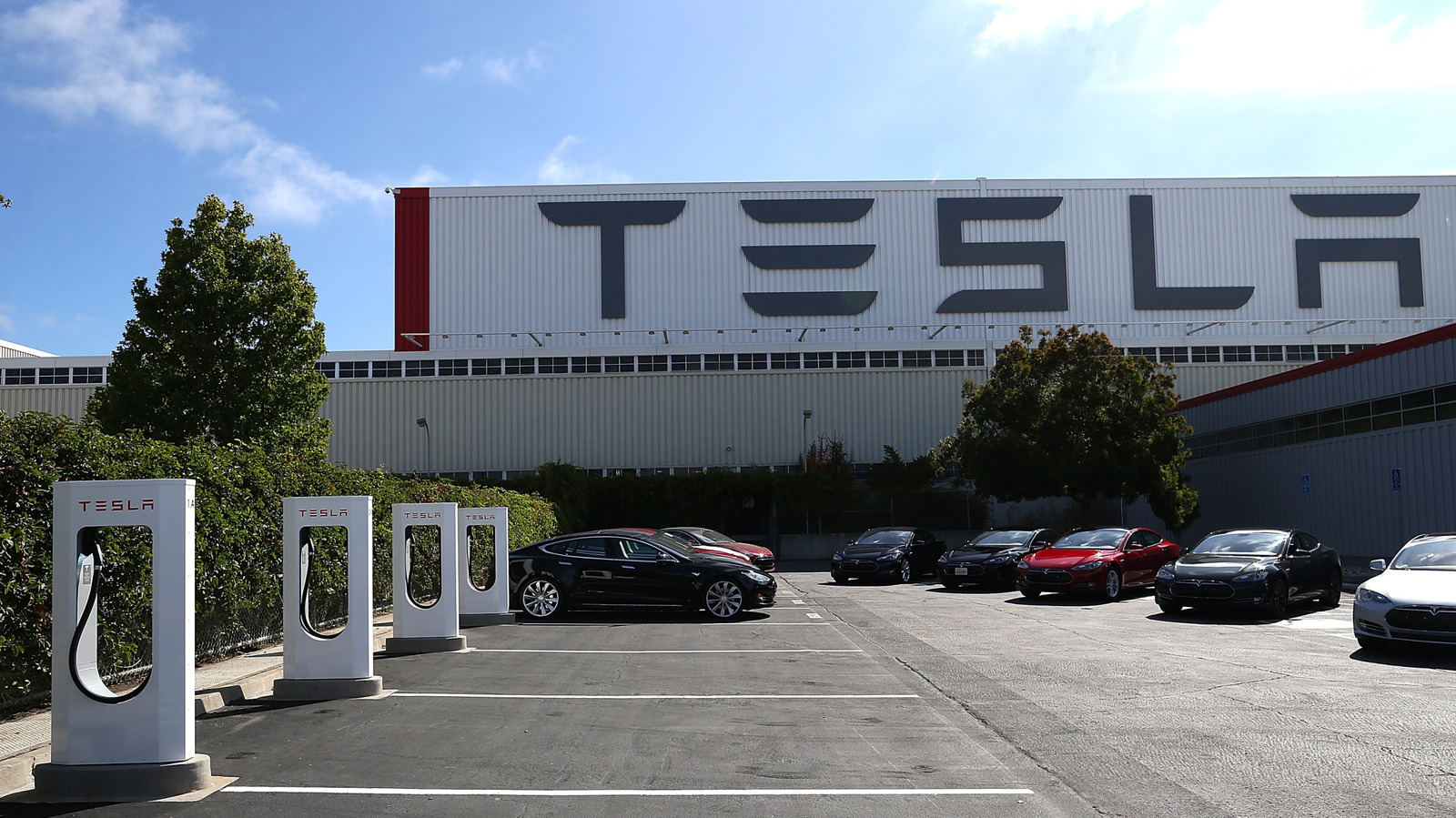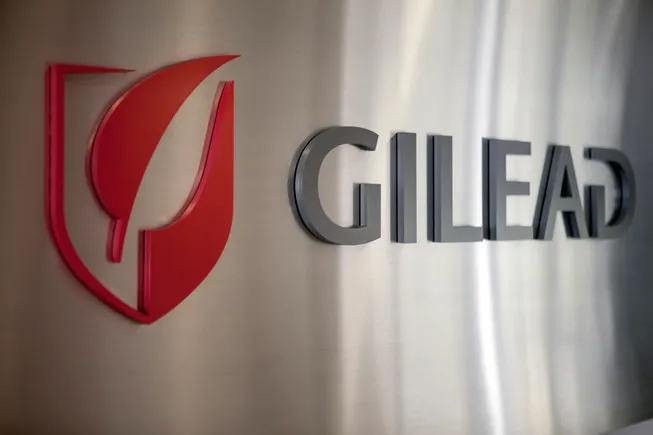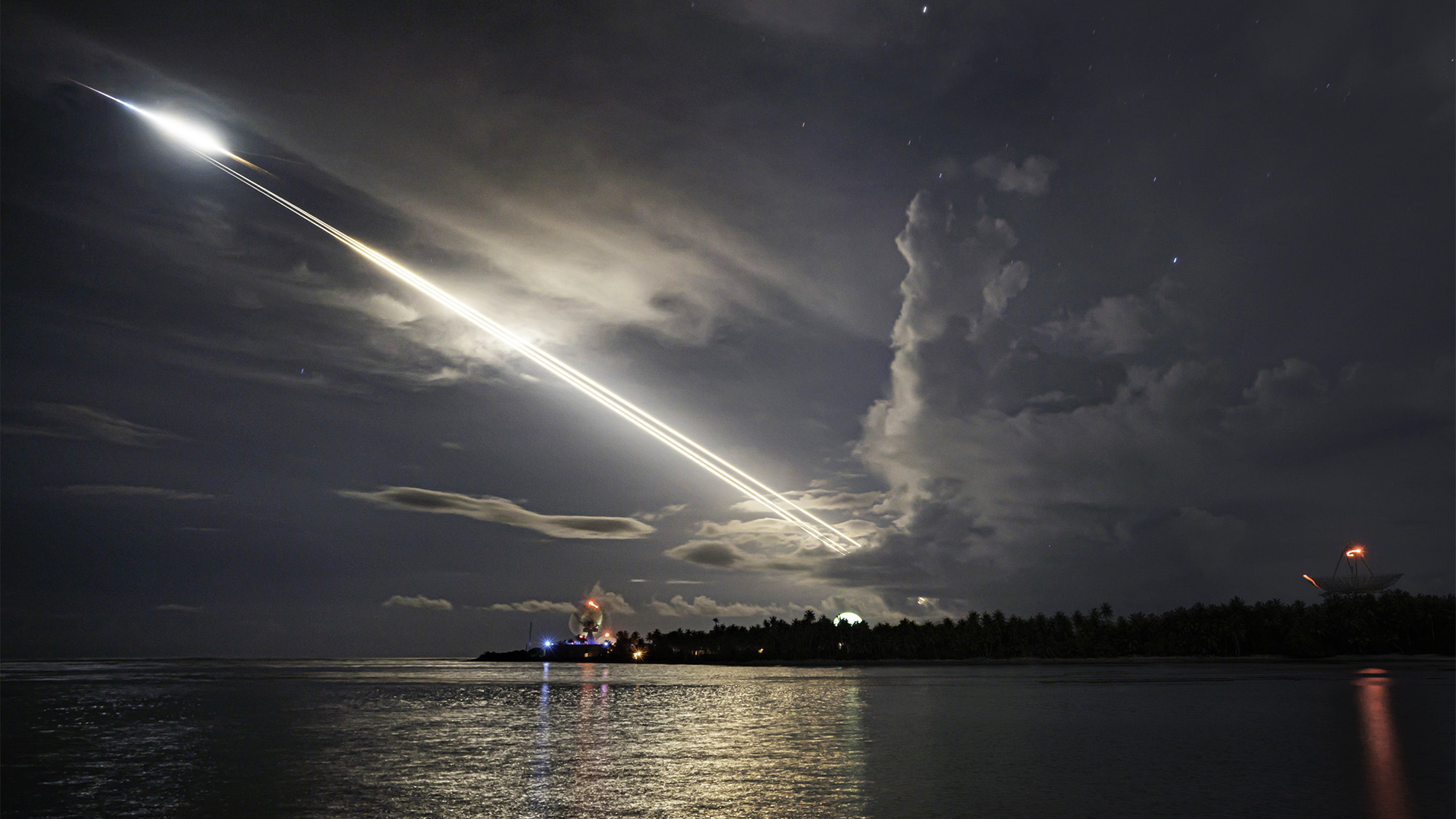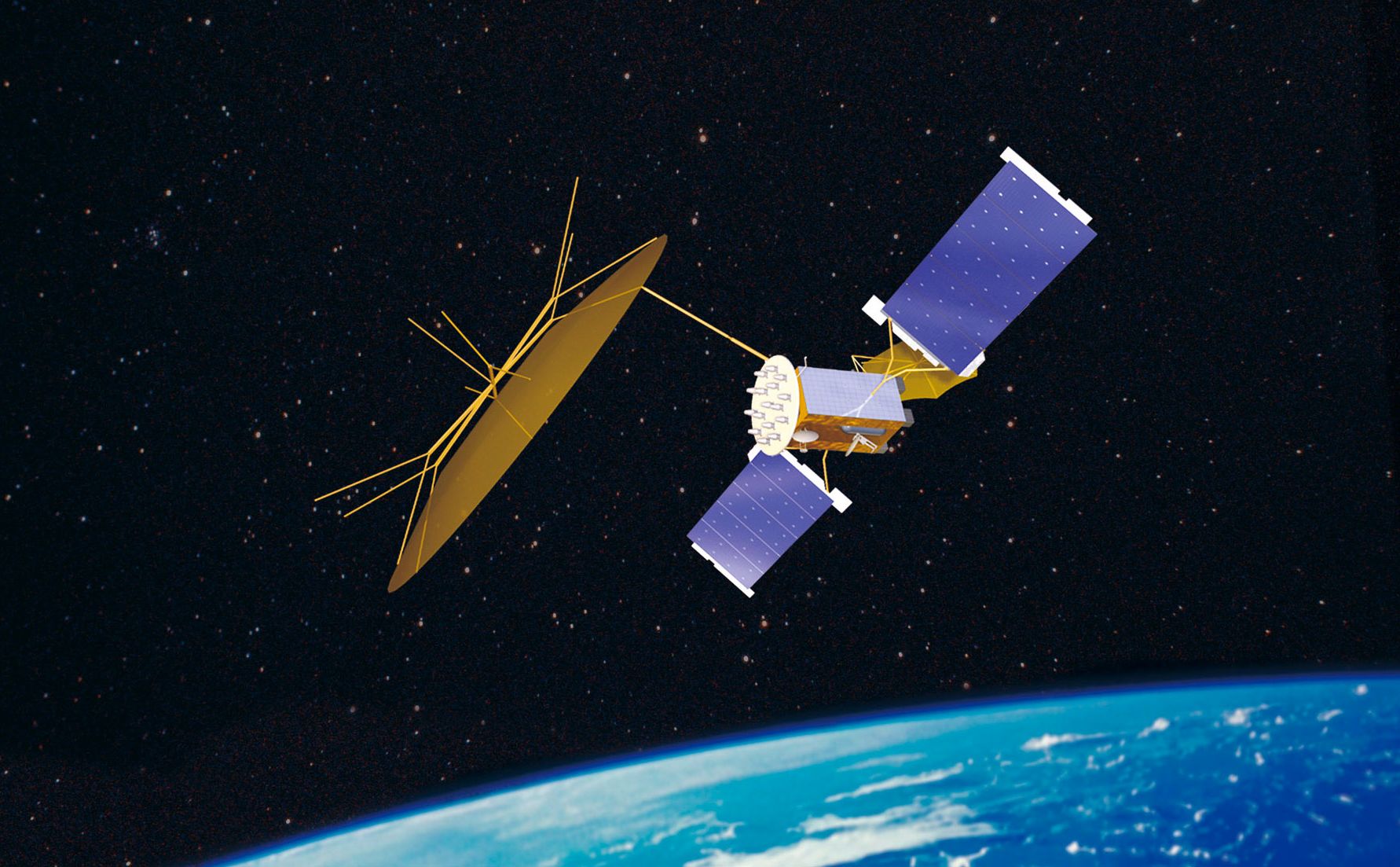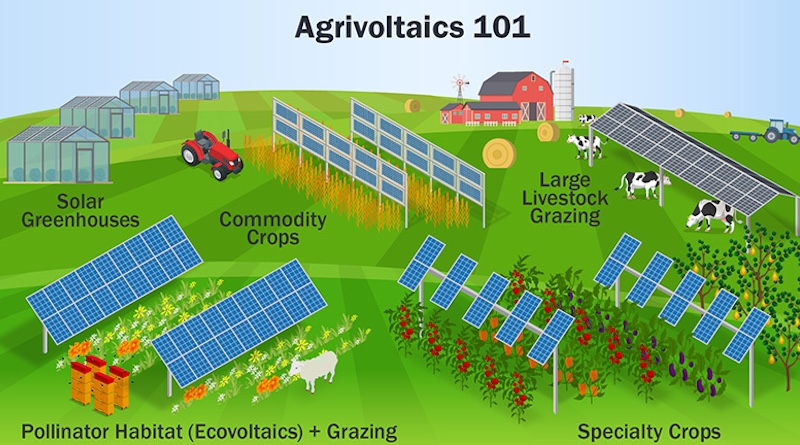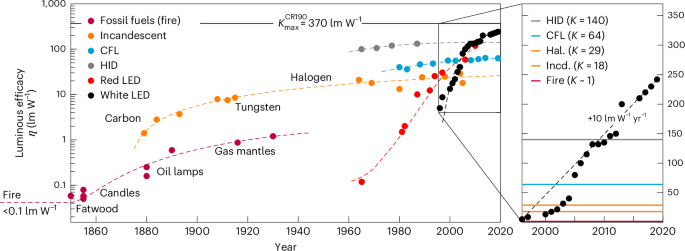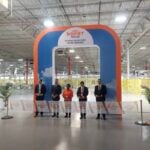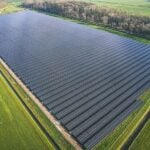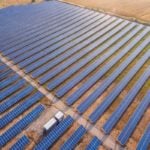Fire‐Resistant Carboxylate‐Based Electrolyte for Safe and Wide‐Temperature Lithium‐Ion Batteries
Advanced Energy Materials, Volume 15, Issue 16, April 22, 2025.

This contribution inaugurates a new approach for safe and wide temperature range carboxylate-based lithium-ion batteries with long lifespan, benefiting from palpable electrolyte/electrode interface stability which mainly ascribes to inorganic compositions-rich solid electrolyte interphase derived from anion-clusters-enriching solvation structure and all fluorinated solvents in this non-flammable electrolyte, as well as rapid interfacial kinetics.
Abstract
The combustion accident and narrow temperature range of rechargeable lithium-ion batteries (LIBs) limit its further expansion. Non-flammable solvents with a wide liquid range hold the key to safer LIBs with a wide temperature adaptability. Herein, a carboxylate-based weak interaction electrolyte is achieved by molecular design, which consists of EDFA (ethyl difluoroacetate), 1,1,2,2-tetrafluoroethyl-2,2,3,3-tetrafluoropropylether, and fluoroethylene carbonate. The inherent non-flammable and wide liquid-rang features of the electrolyte ensure the safety as well as the wide operating temperature of a battery. The high affinity between FSI− anions and counter Li+ guarantees a stable and inorganic-components-dominated electrolyte/electrode interphase with rapid Li+ de-solvation kinetics, leading to perfect compatibility with graphite and avoiding side reactions between lithiated graphite and electrolyte. The rationally designed EDFA-based electrolyte enables the thick graphite (4.4 mAh cm−2) || LiNi0.8Co0.1Mn0.1O2 (4.0 mAh cm−2) cells to operate efficiently in a wide temperature range from −30 to 45 °C. The proposed EDFA-based electrolyte enables the commercial 1.0 Ah graphite || NCA (LiNi0.8Co0.15Al0.05O2, >3.2 mAh cm−2) pouch cells stably cycle for >1100 cycles (>85% capacity retention) at 0.3C and >800 cycles at 1.0C (>92% capacity retention), while also endows the graphite/SiOx and Li anode-based batteries with high energy density, long lifespan and high safety.










